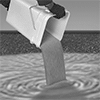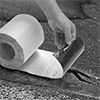Filter by
Color
For Use On
Appearance
Primer Required for Use On
Solution Type
Maximum Temperature
Color Code
Container Size
For Topcoat Composition
Primer Type
Material
DFARS Specialty Metals
Export Control Classification Number (ECCN)
About Paint and Protective Coatings
More



























































